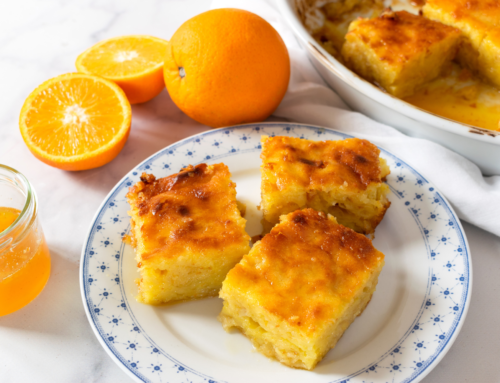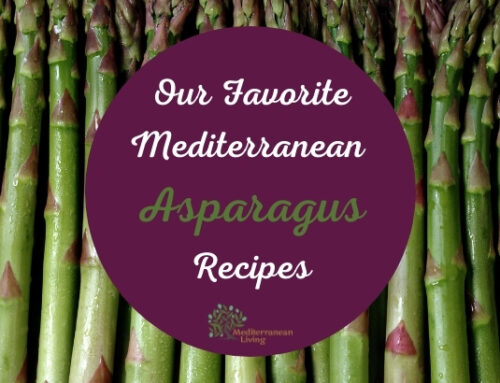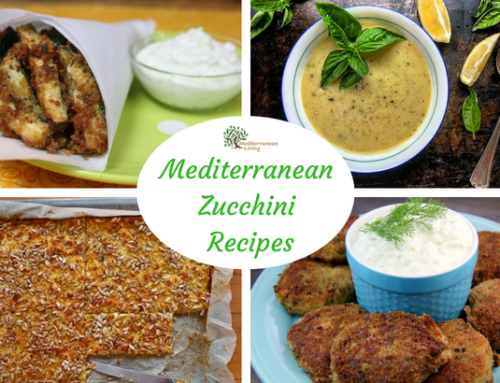Cuisine of Portugal
By Bill Bradley, R.D.
Updated September 2, 2022
For a country the size of an average U.S. state, Portugal has an unimaginable amount of food lore and a history around food that is rich and varied. Arabs who occupied southern regions of Portugal in the eighth century are said to have made contributions that last today, as did Portuguese sailors, who brought spices such as coriander, saffron and ginger from faraway lands. These spices remain highly important in contemporary Portuguese dishes.
Some food fables around Portugal are humorous. It’s said, for instance, that there was a time when turkey vendors gave their birds a shot of brandy before selling them at Christmastime. This was both to tenderize the meat, they thought, and to calm the birds’ nerves before slaughter.
Portugal seems to hang off the continent, surrounded by sea, so it’s no surprise that seafood plays heavily in the cuisine. Like its next-door neighbor, Spain, Portugal also relies heavily on tomatoes, garlic and olive oil, and it is well-known for its unusual pairings of food – serving shrimp with eggs, eggs with fish or clams with sausage. The latter pairing came about, stories tell, because pigs raised near the sea were fed with clams and meat from them developed a suspicious, fishy taste. So people began cooking the clam-fed sausage with clams so the fishy taste would be expected. Brilliant, yes? And delicious.
Portugal’s national dish, caldo verde, is a green soup made with cabbage, potatoes and sausage, and it is extremely popular, perhaps because cabbage is a main staple in Portugal. Most homeowners have their own backyard cabbage patch. Other staples for a household are ham, potatoes, figs, oranges, red tomatoes, pineapples and bananas, each coming from a separate region of the country.
Soups and stews, acordas and migas, are popular and were developed by country cooks saving money on ingredients by adding stale bread to their pots to thicken the broths. Two very popular soups are Acorda de Mariscos, with shellfish, bread and eggs, and Acorda a Alentejana, with garlic, bread and egg. Another popular dish, similar to the Moroccan tagine, is Cataplana, which is the name for the dish as well as the copper, broad-domed piece of cookware it is prepared in. Cataplana almost always has seafood in it, in addition to red meat or poultry, herbs, spices, tomatoes, onions and wine.
Of course there are tales, too, about the Portuguese desserts, typically egg yolk and sugar with varying spices. These pastries were created in the Middle Ages by nuns in monasteries, who sold the delicacies to supplement their incomes. It’s said that the nuns used egg whites to stiffen their habits and needed a use for all the yolks, hence the yolky desserts. One such treat is barriga de freira, or nun’s belly, and papos de anjo, or angel’s chests. One of the most popular desserts today is leite-crème, a type of egg custard.
Coffee is served with dessert, but the flavorful and rich drink is also served all day, an integral part of Portuguese life.
Typical dishes:
Caldo Verde – Portuguese soup with Chourico
Fava Bean Stew
Meats with Piri Piri (hot sauce)
Bachalhau (cod)
Meats:
- Pork and sausage are extremely popular. Over a dozen types of sausage are served, from spicy to sweet to one that has a pickled taste. Chourico is Portugal’s most popular sausage; it’s similar to the widely available Spanish sausage, chorizo. Some cured hams and sausages are prepared by villagers, the only ones who know how they are made. It is a common practice to slaughter in the fall and make sausages with lots of garlic and paprika.
- Beef is served marinated, roasted, in wine-based sauce with potatoes, rice or salad.
- Bacalhau, dried salt cod, was once in heavy supply and considered common, but now the supply of cod is depleted, and the dried fish comes from Norway. This is used in hundreds of ways.
- Fish and shellfish are abundant. Fish include: tuna steaks, sunfish, horse mackerel, stone and sea bass, conger and other eels, swordfish, grouper, salmon, red mullet, whitefish, sardines, monkfish and river trout. Shellfish are: clams, shrimp, snails, cuttlefish, prawns, lobster, crayfish, limpets, squid, mussels, oysters, octopus, crab and scallops.
- Adding an egg to any meat dish is very common. The egg is cooked sunny side up and placed on top of the meat.
- Liver, served fried.
- Cheeses made from sheep and goat’s milk are plentiful.
Vegetables
- Cabbage and kale are the top vegetables, with caldo verde the most popular soup.
- Potatoes are also extremely common, used in soups. Potatoes are an ingredient in caldo verde.
- Tomatoes and onions, used in soups, stews and casseroles.
- Salads are common and are made up of lettuce, tomato, onion, olive oil and vinegar.
Herbs and Spices:
Almonds, bay leaves, cilantro, cinnamon, coriander, curry, garlic, lemon mint, onions, oregano, paprika – hot and sweet – parsley, saffron, sweet red pepper and pimento.
Cooking Methods:
Soups, stews and cataplana are cooked on the stovetop. Other dishes are sautéed and baked.
Daily meals:
Breakfast: Breakfast fare tends to be very light, with coffee a must and a roll with butter and jam or cheese and ham. Sweet pastries and cold cereal with yogurt or fruit are also popular.
Lunch: This meal, as in other Mediterranean countries, is served late in the day and consists of a considerable quantity of food. Three main courses are served, beginning with a soup such as caldo verde. The main course would be one of countless fish and meat dishes with vegetables, rice or potatoes. A common lunch out for a white collar worker is small beef or pork steaks in a roll, or meat on a skewer, called espetada.
Dinner: Served late in the day around 8 p.m. Similar dishes as are served for lunch.
Dessert:
Egg yolks and sugar are the main ingredients of the sweets of Portugal. Some variations include:
- Barrigas de Freira, or nun’s tummies: mounds of egg yolk and bread crumbs dusted with cinnamon.
- Dom Rodrigo: hills of sweet soft egg yolks saturated with a syrup of burned sugar.
- Fatias: poached loaves of stiffly beaten egg yolks and sugar with finely ground almonds on top with lemon or cinnamon syrup.
- Flan: baked custard, thickened with egg yolks.
- Sopa Dourada: cubes of buttered toast or sponge cake tossed in syrup thickened with egg yolks.












Bill Bradley, R.D. says:
Bill Bradley, R.D. says:
Bill Bradley, R.D. says: